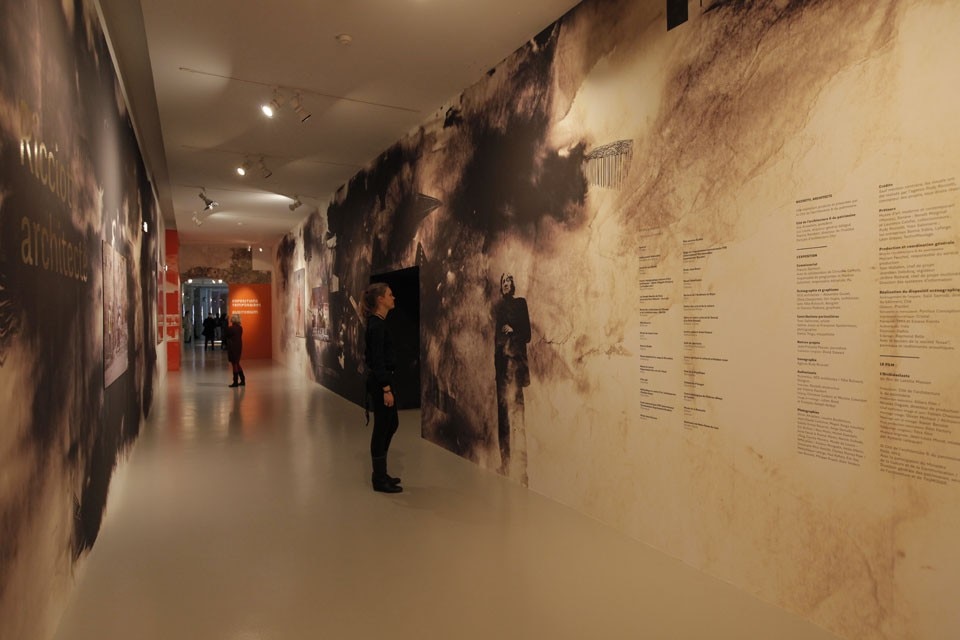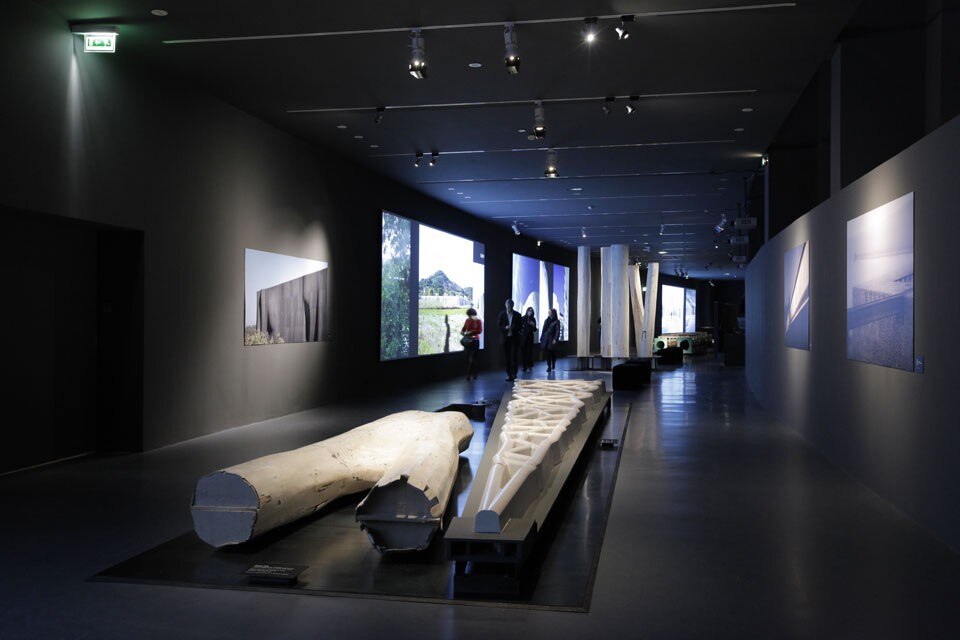
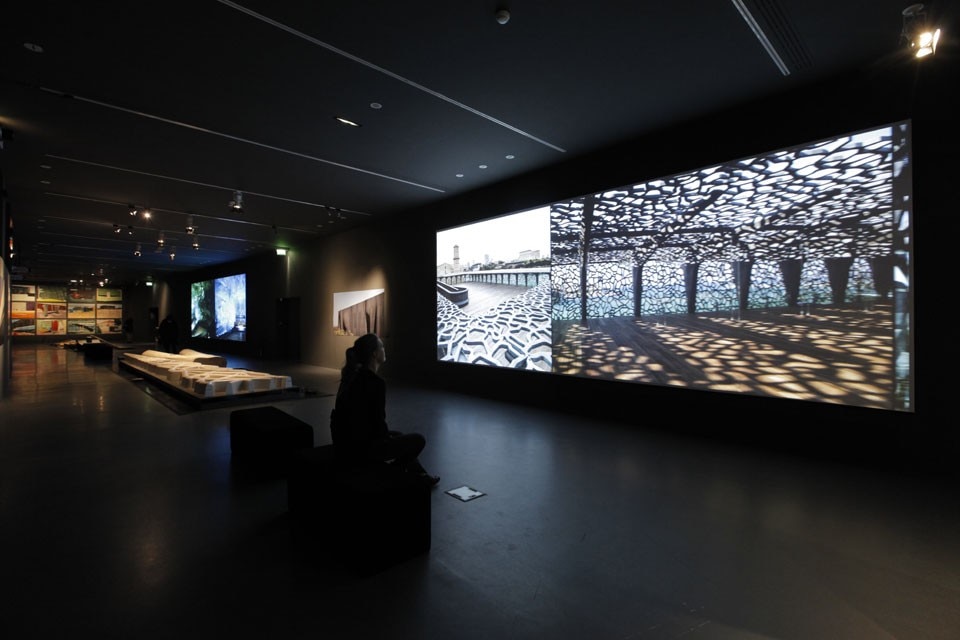
Ricciotti is the sort of enfant terrible of French architecture. He doesn't particularly like displaying his work. Fond of controversy, the architect would rather fetch his detractors through all sorts of public appearances and his writing (such as in his most recent book L’Architecture est un sport de combat or in Culture as a deadly weapon, an essay he published in 2008). His battlegrounds are the over-used term “green architecture” — which he likes to debunk, using the term “green terror” instead — and what he deplores as a sort of Koolhaasian minimalism. Ricciotti also insists on the importance of collective work. For him, the architect is nothing more than a conductor, who needs to depend on the work of a myriad other specialists to whom he likes to pay tribute.
Ricciotti’s work focuses on skin and ornaments. It is an architecture that aims at communicating with users, mostly through the exploration of the material’s potential. “We can do anything with concrete”, says Ricciotti. “As long as we love it, speak to it and put it in tension.” Thus Ricciotti’s work cannot but make one think about a certain return to postmodernism’s strong attachment to communication. His attachment to context and the favouring of continuity and historical perspective is also reminiscent of the dominant attitude of the 1970s and 1980s.
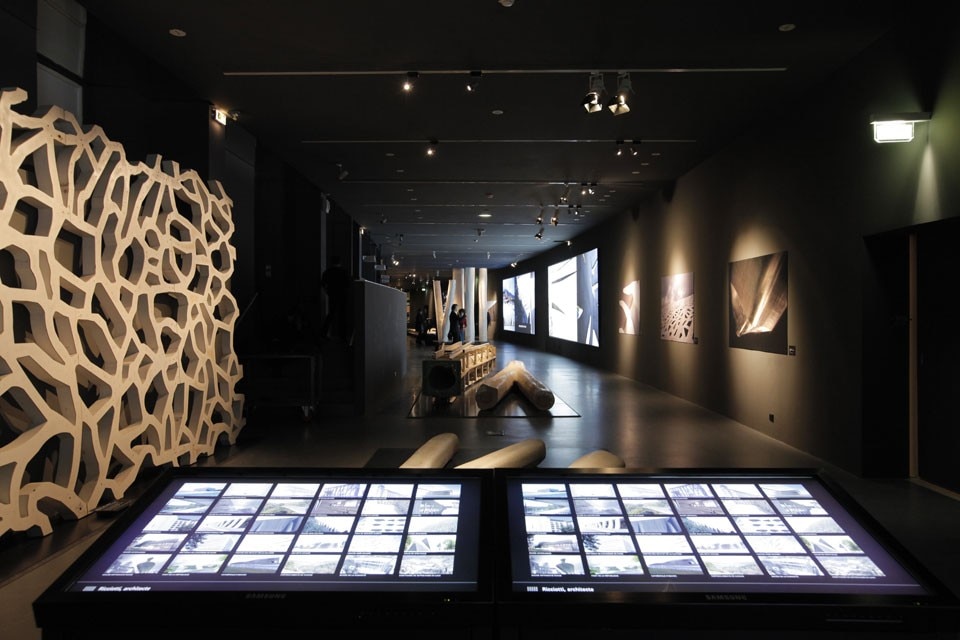
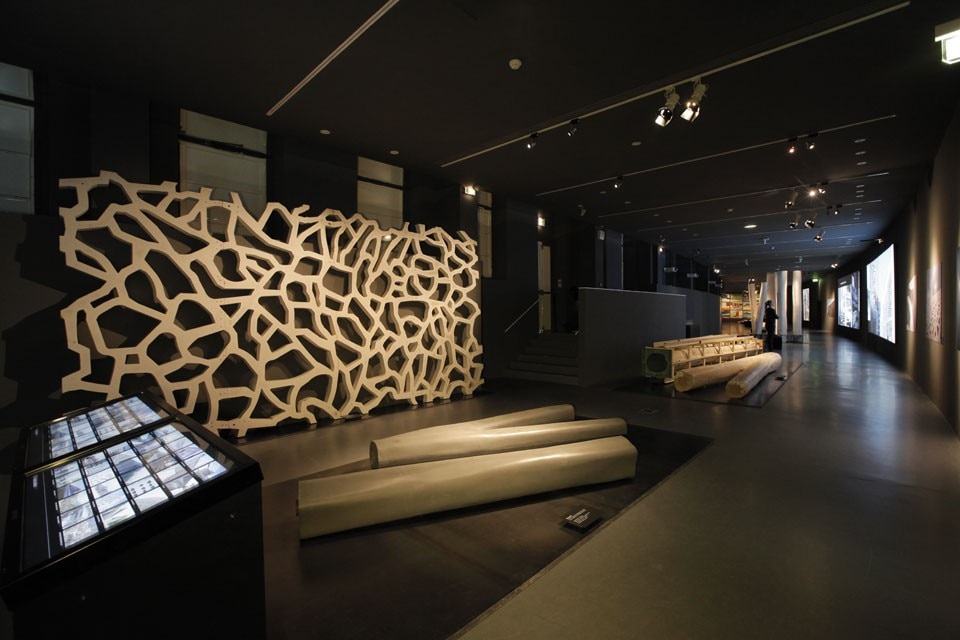
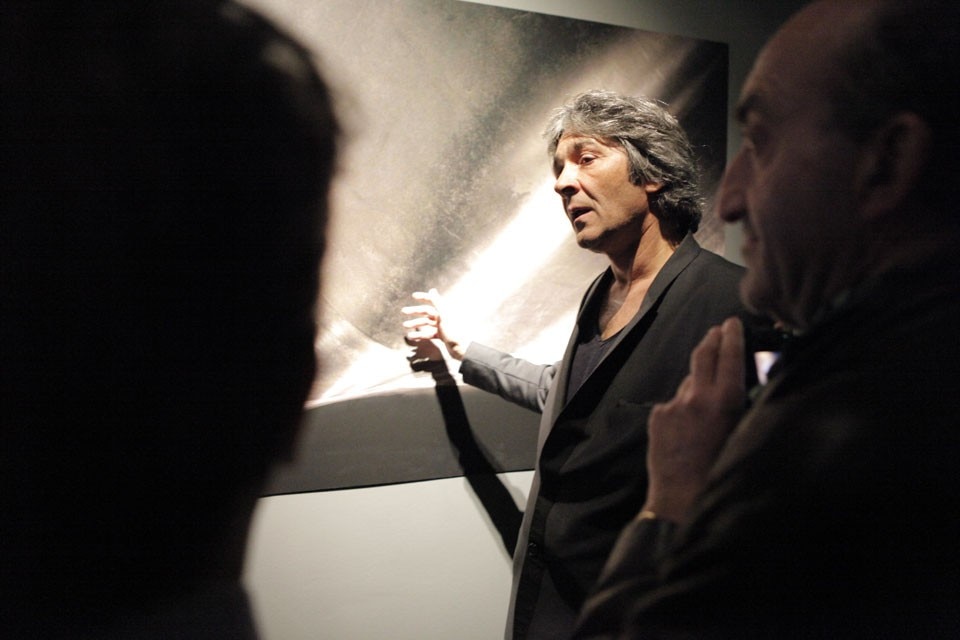
Through 8 September 2013
Ricciotti, Architecte
Cité de l'Architecture et du Patrimoine
1 Place du Trocadéro et du 11 Novembre, Paris
Notes:
1. Adrian Forty, Concrete and Culture: A Material History, London: Reaktion, 2012.


